10 Unexpected Uses for Beef Tallow + Tips and Recipes
Primal Edge Health participates in the Amazon Services LLC Associates Program and other affiliate programs and therefore, may collect a share of sales or other compensation from the links on this page. This comes at no additional cost to you, and all the prices and availability are accurate at the time of publishing.
Did you know that the uses for beef tallow go beyond cooking? When I discovered beef tallow as an alternative source of fat, I was hooked—but it got even better when I found out about its other applications.
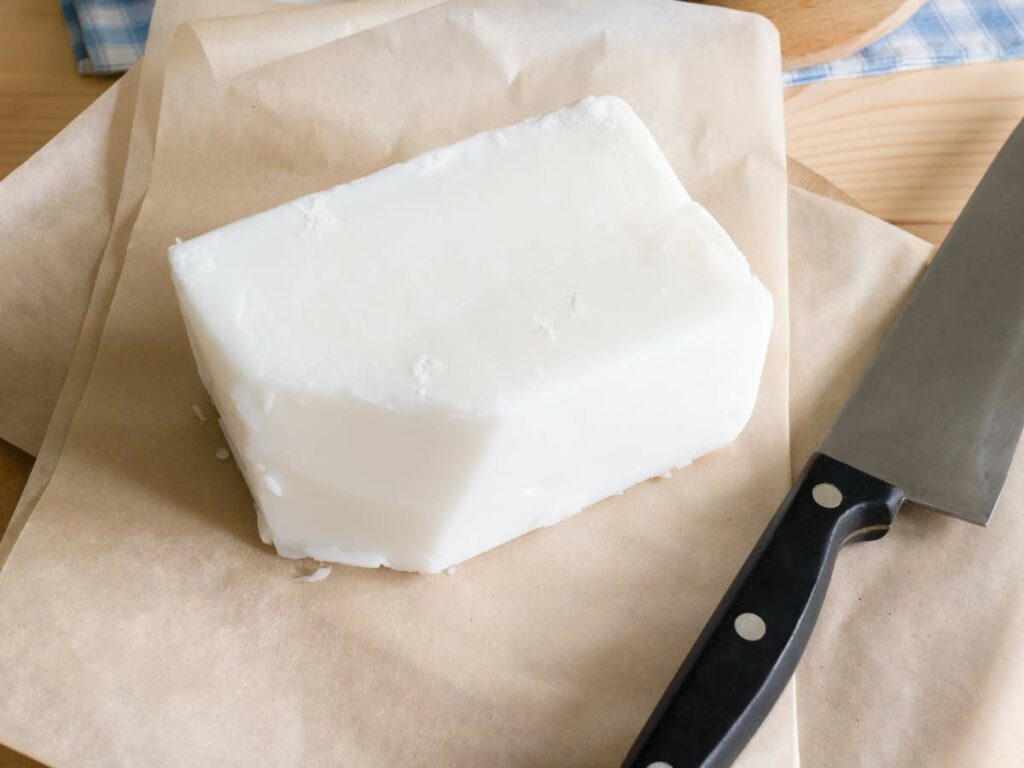
You can use beef tallow for just about anything that needs an oil, lubricant, or any rich type of fat. This includes soap-making, leather care, woodwork conditioning, and even waterproofing. Let’s explore this diverse, budget-friendly, and sustainable traditional fat together.
Table of Contents (click to view)
What is Beef Tallow?
Beef tallow is rendered from suet, a hard fatty part that surrounds the cow’s kidneys. It’s a hard, waxy fat that’s rendered slowly over low heat, and then filtered and cool in a mold or jar. Once it settles back into a solid form, tallow fat becomes a malleable substance, with a color that ranges from cream to a deep yellow.
At room temperature, beef tallow becomes pliable. Pure tallow doesn’t spoil when stored properly, leaving you with a shelf-stable product.
Beef Tallow vs. Suet
A lot of people use beef tallow and suet interchangeably, but they’re not actually the same thing. Beef tallow is the final product while suet is the material produced after processing the suet.
Suet (also called ‘leaf fat’) refers to the raw fat surrounding the kidneys and loins of grazing animals like cows and sheep. Basically, beef tallow is the cooked-down fat from suet.
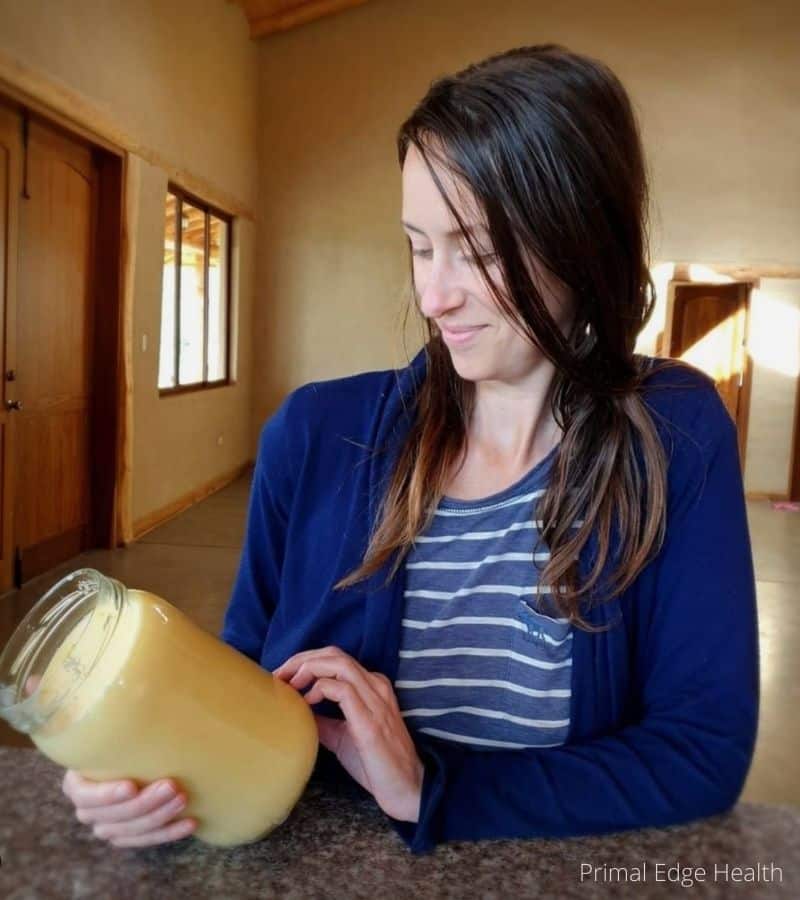
How to Make Your Own Beef Tallow
It’s easy (and cheap) to render beef tallow in your own kitchen. There are two ways to do this by following a“wet” or “dry” method.
Wet rendering means you need to boil fat chunks with water until it’s liquefied. Dry rendering is simply leaving the fat to cook on low heat, without water, in a crockpot or stockpot until the fat melts down.
While making bone broth, you may notice a layer of fat that’s formed at the top of your pot during the cooking process. You can separate it, and chill it in the fridge. It can be hard to separate the fat from the liquid completely, so don’t worry if there’s a bit of liquid in there.
Technically this isn’t tallow. Rather, it’s the dissolved fat from the muscle meat and around the bones. It’s a nutritious fat that can be used the same way you would with tallow. However, it has a shorter shelf-life and should not be left at room temperature.
Consuming organ meats and meat by-products like tallow, suet, and fat trimmings ensures that all parts of the animal are respectfully used and don’t go to waste. Once you learn how to prepare and use tallow, I highly recommend you learn how to cook organ meats, too!
Is Beef Tallow Healthy?
Fat is often vilified due to typical diet culture narratives, so many people are concerned about the “healthiness” of beef tallow. The good news is that beef tallow doesn’t just infuse your meals with rich and unique flavors, it’s also a healthy local option, especially when derived from grass-fed cows and other grazing animals.
Tallow is a rich source of conjugated linoleic acid (CLA), an essential nutrient with anti-inflammatory properties. Grass-fed tallow is also rich in fat-soluble vitamins like vitamins A, D, E, and K, as well as omega-3 and omega-6 fatty acids.
Beef tallow is both energy and nutrient-dense. One tablespoon of tallow contains 115 calories from 12.8 grams of fat. Best of all, it’s carbohydrate-free, making it a great addition to your low-carb, keto, or carnivore diet.
| Calorie/Macronutrient | Per tbsp. (12.8 g) | Per 100 g |
| Calories | 115 kcal | 902 kcal |
| Total Carbohydrate | 0 g | 0 g |
| Protein | 0 g | 0 g |
| Total Fat | 13 g | 100 g |
| Saturated fat | 6 g | 50 g |
| Monosaturated fat | 5.4g | 41.8 g |
| Polysaturated fat | 0.51 g | 4 g |
| Omega-3 | 0.08 g | 0.6 g |
| Omega-6 | 0.4 g | 3.1 g |
| Cholesterol | 14 mg | 109 g |
Generally, grass fed beef tallow offers more nutritional advantages than commercially raised cows. I recommend learning how to source high-quality foods from your local community, especially if you live somewhere with a thriving dairy or beef industry.
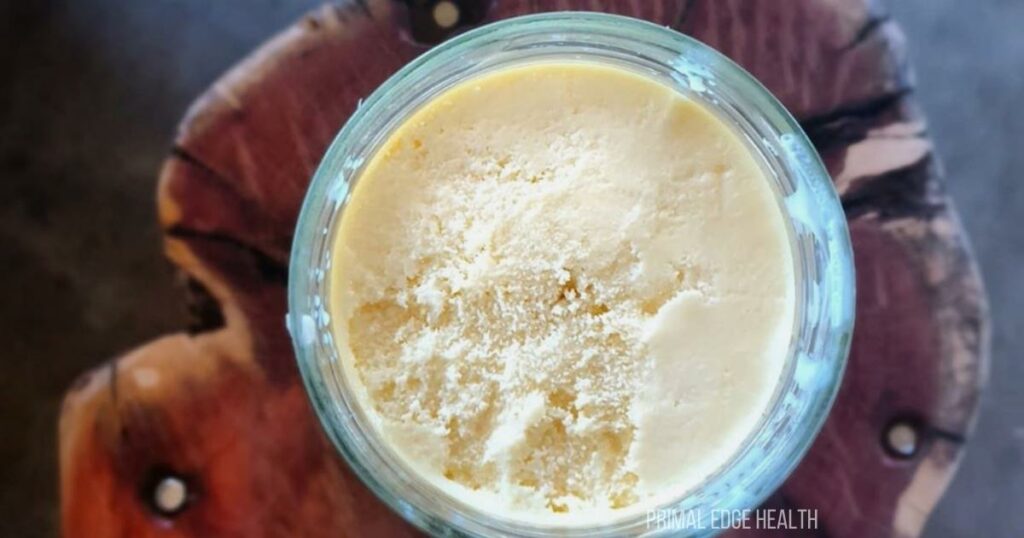
What are the Benefits of Beef Tallow?
Beef tallow from grass-fed cows comes with a lot of beneficial nutrients. Now that we’ve laid the foundation, let’s explore the benefits of incorporating tallow into your diet and lifestyle:
- Tallow doesn’t spoil and has a higher shelf-life than most other types of cooking oil.
- Tallow can withstand high temperatures which makes it a safer, more stable option for frying, searing, and roasting food.
- Potent source of vitamins, minerals, and fatty acids that aid in hormonal, immune, neurological, and cardiovascular health, as well as bone and muscle development.
- Tallow-based skincare products can help maintain skin integrity and overall health.
- Beef tallow contributes to sustainability as it helps reduce food waste by making use of animal parts that might otherwise be discarded.
- Tallow is incredibly versatile and can be used for different applications such as cooking, candle-making, making soap and skincare products, and even the production of biofuel.
- Tallow fat is a biodegradable substance, so it breaks down harmlessly in the environment over time.
- Tallow has a long shelf life when stored properly.
How to Source Tallow Fat
Sadly, compared to lard and other cooking fats, it’s not easy to find tallow fat in grocery stores and even specialty stores. What’s more, store-bought tallow may not even be pure rendered beef fat. Check the ingredient list to make sure it wasn’t blended with industrial seed oils and other unhealthy fats.
When sourcing tallow fat, it’s crucial to choose high-quality, genuine, grass-fed animal fat, as they offer extra nutritional benefits. Depending on your location, you can find local butcher shops that will sell beef suet or maybe even rendered tallow to you. Since it’s a shelf-stable product, you can find it in the same section as bullion and meat stocks.
If you don’t have time to make your own tallow or can’t find a local specialty grocer, your best bet would be to buy from online stores. I recommend options from US Wellness; they offer tallow in small and bulk quantities, as well as suet for those who want to render it themselves.
How to Properly Store Tallow Fat
Pure rendered fat is excellent for long-term storage. As long as it’s stored in an air-tight container (such as wide-mouth mason jars), it can sit on the counter at room temperature for extended periods, up to a year.
The problem with beef tallow is that it tends to go bad when it oxidizes. This happens mainly due to improper storage or impurities present in containers. If you’re concerned or want to be extra safe, keep it in the refrigerator to avoid accidental oxidization.
The primary focus here is to ensure that the jar is tightly sealed so your beef tallow remains fresh and safe for later use. I also recommend cleaning your containers thoroughly before using them for storing tallow.
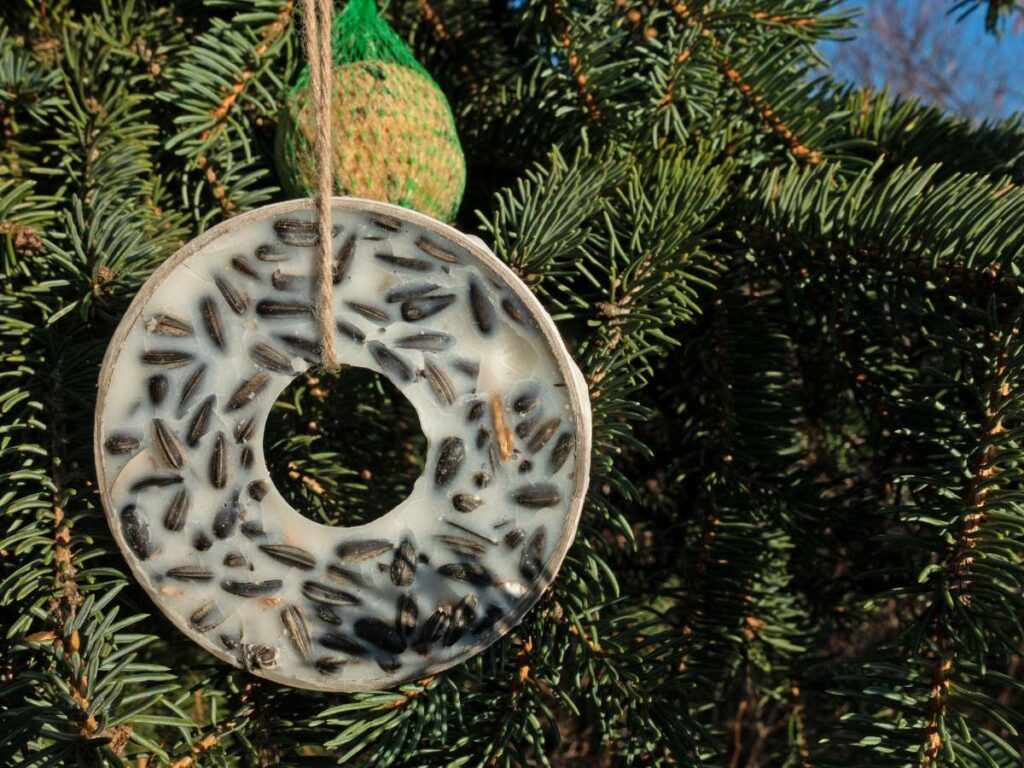
10 Best Uses for Beef Tallow
Now comes the exciting part! Beef tallow is a highly versatile product that you can use in the kitchen and even for cosmetics. Below are practical uses for this incredible traditional fat:
Cooking
Tallow used to be a primary cooking fat but has largely been replaced by vegetable oils in recent years. Top that with people’s misplaced fear of saturated fat, and this versatile ingredient has taken a back seat. However, it’s an absolute must-have for cooking and baking. It’s easily one of the best ways to use this pure fat.
With a high smoke point of 420 F (215 C), tallow fat is best used for high-heat cooking, like deep frying. Roasting with tallow creates a crispy exterior and soft interior, with an earthy and beefy flavor that perfectly complements many of our favorite meals and snacks, like french fries and steak.
Grass-fed beef tallow is perfect for getting a nice pan-seared steak. It also makes for an excellent dairy-free substitute for shortening. Tallow can be used for making beef pot pie crusts, infusing a flaky texture into your baked goods.

Candles
Tallow fat can be used as a base for homemade candles, as it has a slow burn rate, can withstand high heat, and provides a long-lasting, steady-burning flame. Plus, it’s a great ingredient for non-toxic candles that won’t emit harmful toxins in your home.
Making your own eco-friendly tallow candles is a simple process that you can do at home using natural ingredients. It’s a simple DIY project that you can do with family and friends. Customize your tallow candles by experimenting with different molds, essential oils, and wick types.
Soap
Tallow is a great ingredient to add when making organic soap. It produces a creamy lather and adds a wonderful hardness to moisturizing soap bars. Because of this, tallow soaps won’t easily melt away when it gets wet, making it longer lasting than your regular bath soap.
Go ahead and make your own pure tallow soap and see the wonders it can do to your skin! You can also try cold process tallow soap making as your next DIY project. If you’re new to homemade crafting, you can begin your journey by reading our handy guide to cold process soap making for newbie tips and safety protocols.
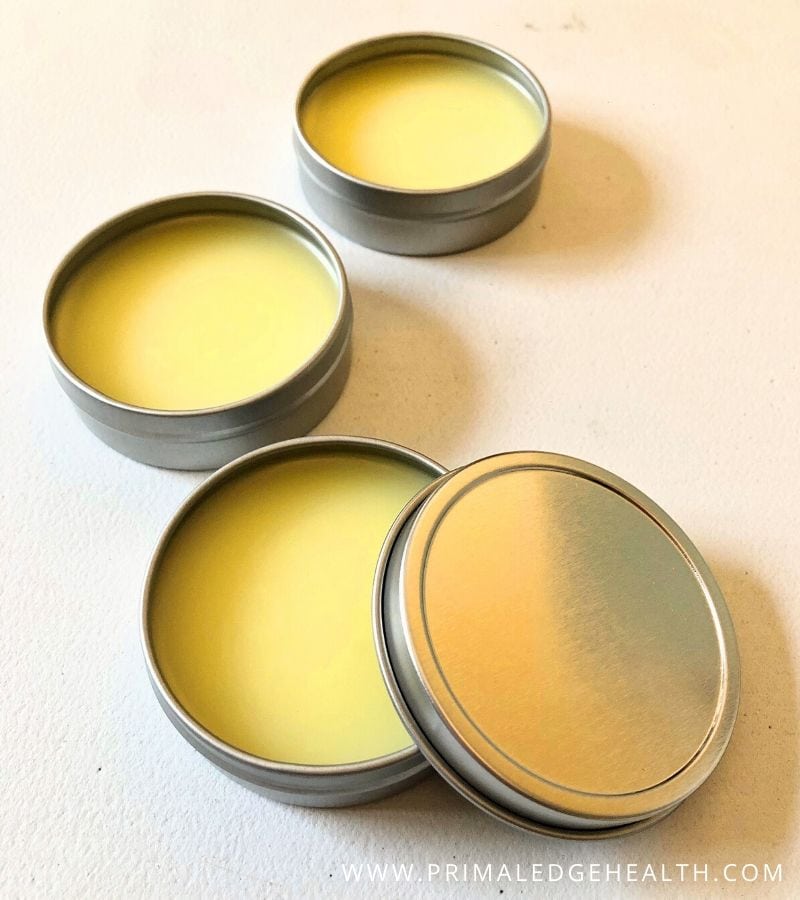
Skin Care
This is one of my favorite beef tallow uses. For centuries, rendered fat has been used as a natural skin moisturizer and healer.
By now, you already know that tallow is a rich source of fat-soluble vitamins and fatty acids which improves your skin’s health and appearance. This is why it’s an essential ingredient in wrinkle creams and skin salves, because not only does it moisturize, it helps your skin stay strong and smooth.
You can make your own tallow-based cream with my homemade wrinkle cream recipe. And guess what? You can also make your own salve or lotion for dry skin by following my easy beef tallow moisturizer recipe! It’s a healthy ingredient for gluten-free makeup that nourishes the skin from the outside in.
Thanks to its moisturizing properties, your lips can also benefit from balms containing tallow. So if you’re battling with dry and cracked lips, make my tallow lip balm recipe your next fun DIY project.
When using tallow for skin products, make sure it always comes from a pasture-raised cow without toxic antibiotics and steroids. Grass-fed tallow is abundant in skin-friendly nutrients, making it the perfect skin moisturizer. And since tallow is 50% saturated fat, it’s perfectly compatible with how our skin is made.
Beef tallow nourishes our skin like nothing else can. Tallow-based skincare products can also help soothe certain skin conditions like sunburn, eczema, diaper rash, and acne. No wonder it’s the best fat for skin care. Try out my quick-and-easy tallow skin care recipes today and give your skin the pampering it deserves.
Hair Care
The moisturizing effects of beef tallow on the skin also apply to our hair. The fat itself helps tone down frizz, lock in moisture, and soothe an itchy, dry scalp. Plus, its high vitamin content can help keep your hair healthy and less prone to breakage.
If you want to give this a try, simply massage a liberal amount of tallow onto your scalp and strands after shampooing. Then, wrap your hair in a shower cap or towel and let it sit for thirty minutes to an hour. I recommend leaving it on for a few hours if you really want to maximize that moisturizing effect.
Rinse off with warm water (not hot!) and dry your hair slowly. Repeat the process once or twice a week and watch the tallow work its magic on your mane.
Woodwork Conditioning
Now, we’re moving towards lesser-known uses for tallow. If you’re a fan of woodworking, you’ll surely love beef tallow as an alternative to store-bought wood conditioner.
Using tallow is a great way to lock moisture in wood and help it last longer. You can put it in just about any woodworking project, such as chopping boards, birdhouses, wood furniture, and cooking utensils. You can even make your store-bought wood items look as good as new with a little bit of tallow.
Lubrication
Do you have squeaky door hinges? Or perhaps a screw stuck in a nut? Grab some beef tallow and rub it on anything you need to lubricate.
Beef tallow is a natural lubricant for different types of tools and machinery, and can even prevent rusting. Use this as an alternative to petroleum-based products, especially if you want your home to be more organic.
Leather Conditioning and Waterproofing
Beef tallow isn’t just a conditioner for hair, it also makes a superb leather conditioner. Use it to revamp leather boots, belts, bags, and furniture, restoring their shine and flexibility. Plus, conditioning your leather with tallow can also help protect them from the elements.
Cast Iron Seasoning
After cleaning a cast iron pan, the next step is to rub it with oil. Instead of canola or vegetable oil, opt for beef tallow for its high smoke point and rich flavor.
Rub the tallow evenly on your pan and wipe off any excess. Pop it in the oven at 450 F for 30 minutes and let the heat bond the oil to the pan’s material. You now have a re-seasoned cast iron pan, it’s that simple!
Pet Food and Animal Feeds
Beef tallow is an excellent source of nutrients for pets, too. If you have chickens, cats, or dogs, consider adding tiny amounts of beef tallow to their diet for an extra boost in fat and vitamin intake.
However, be sure not to give your pets too much beef tallow, as they can’t process fat like we do. Talk to your vet to see how much tallow you should give to your furry or feathered friends (and if it’s safe to do.)
Take Advantage of this Versatile Fat
Beef tallow is an incredible ingredient that is often overlooked, and as you can see, its versatility makes it an invaluable tool for many applications.
Use this guide to incorporate the numerous uses of beef tallow for skincare, hair care, cooking, home maintenance, and more. Don’t forget to share these tips with your loved ones who might want to do the same!


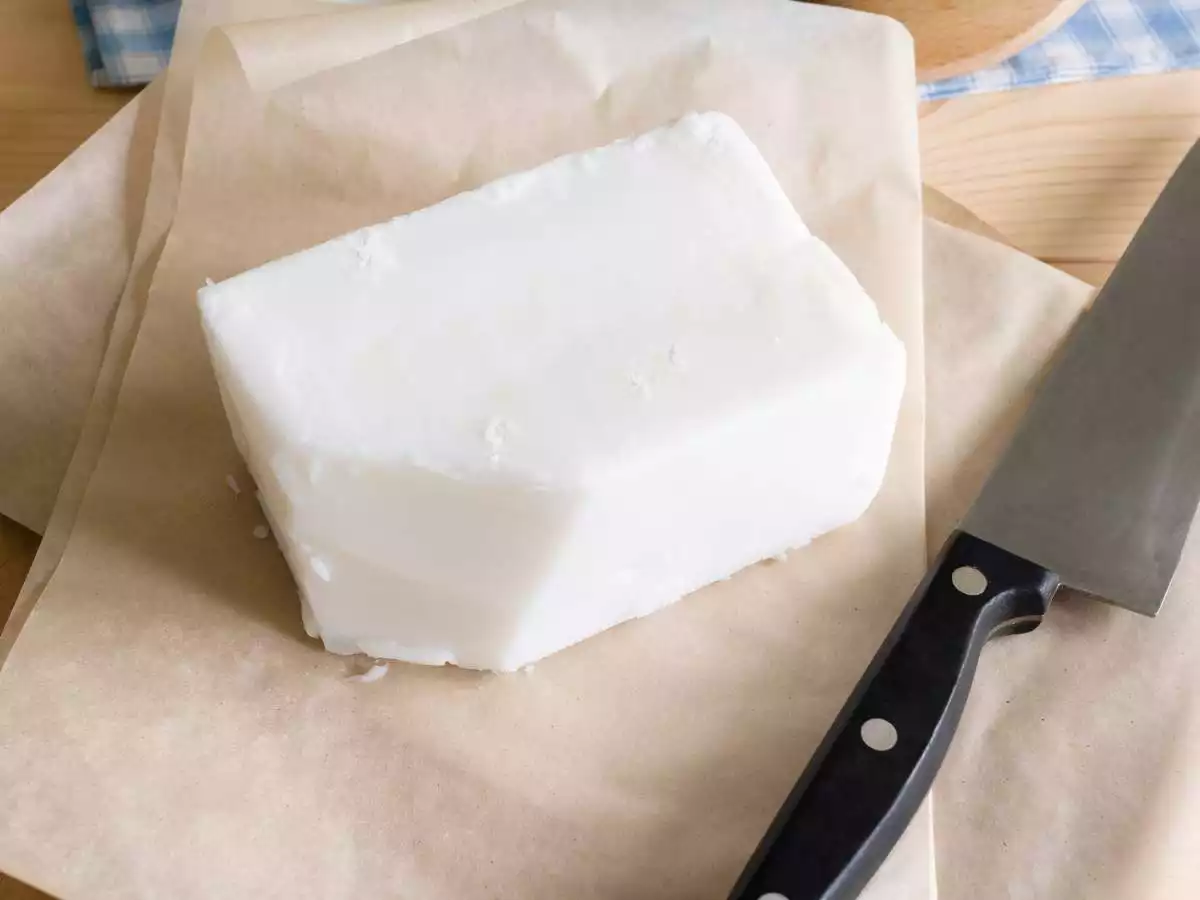
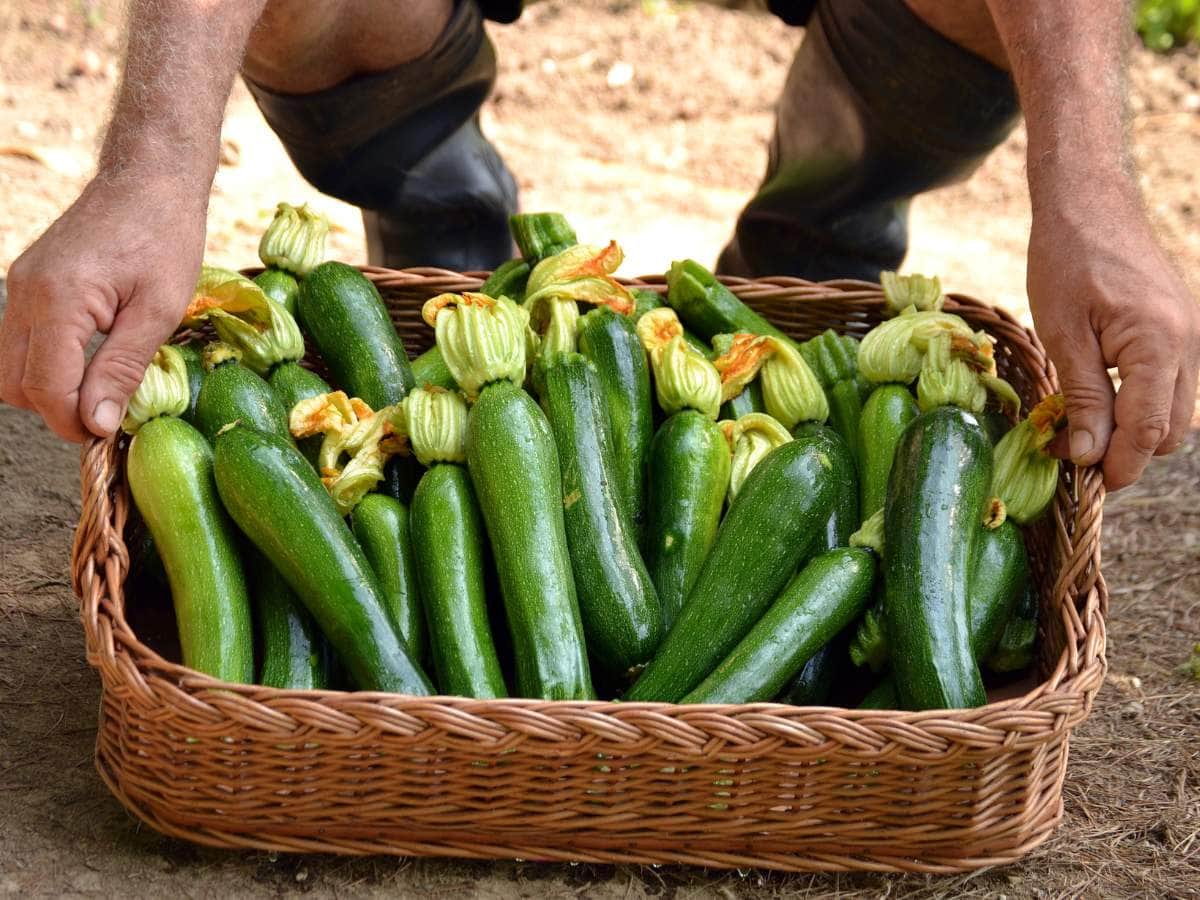

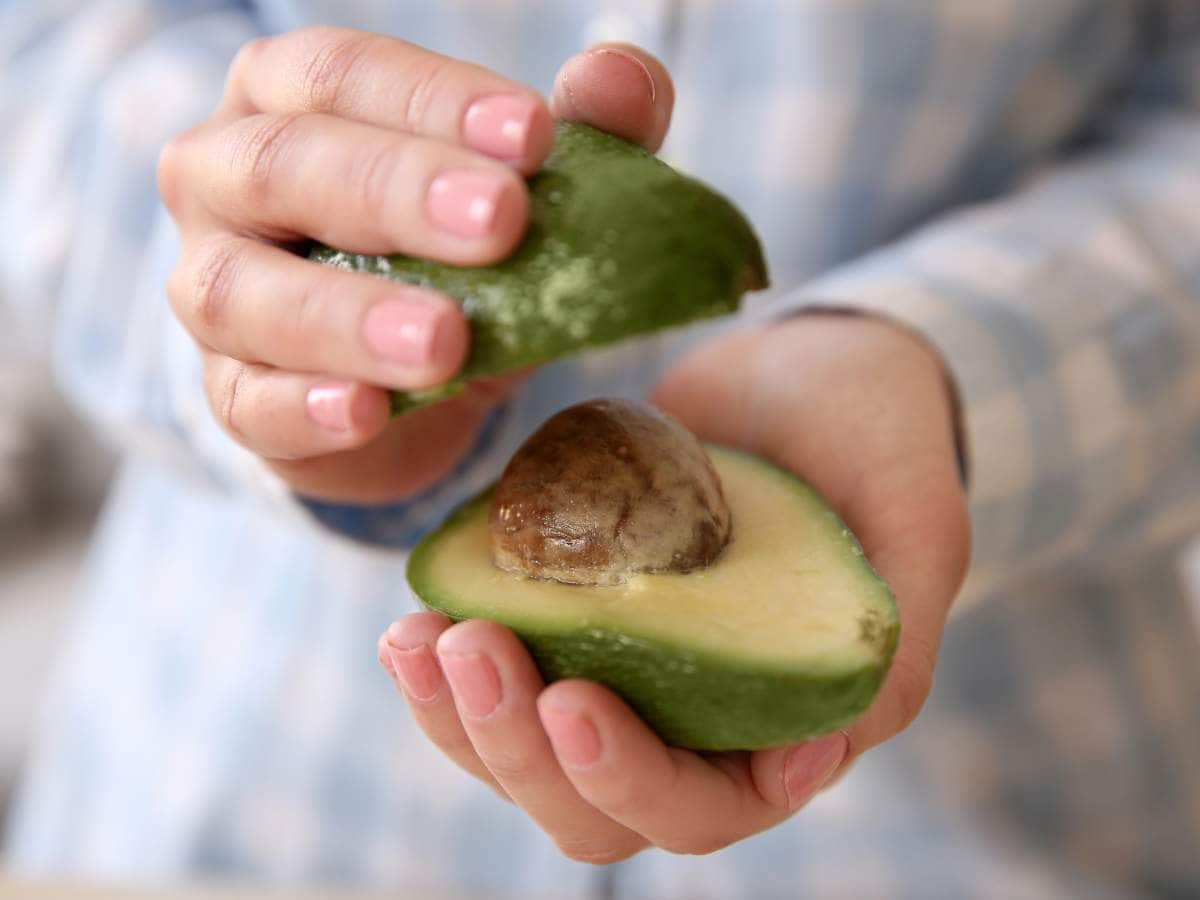

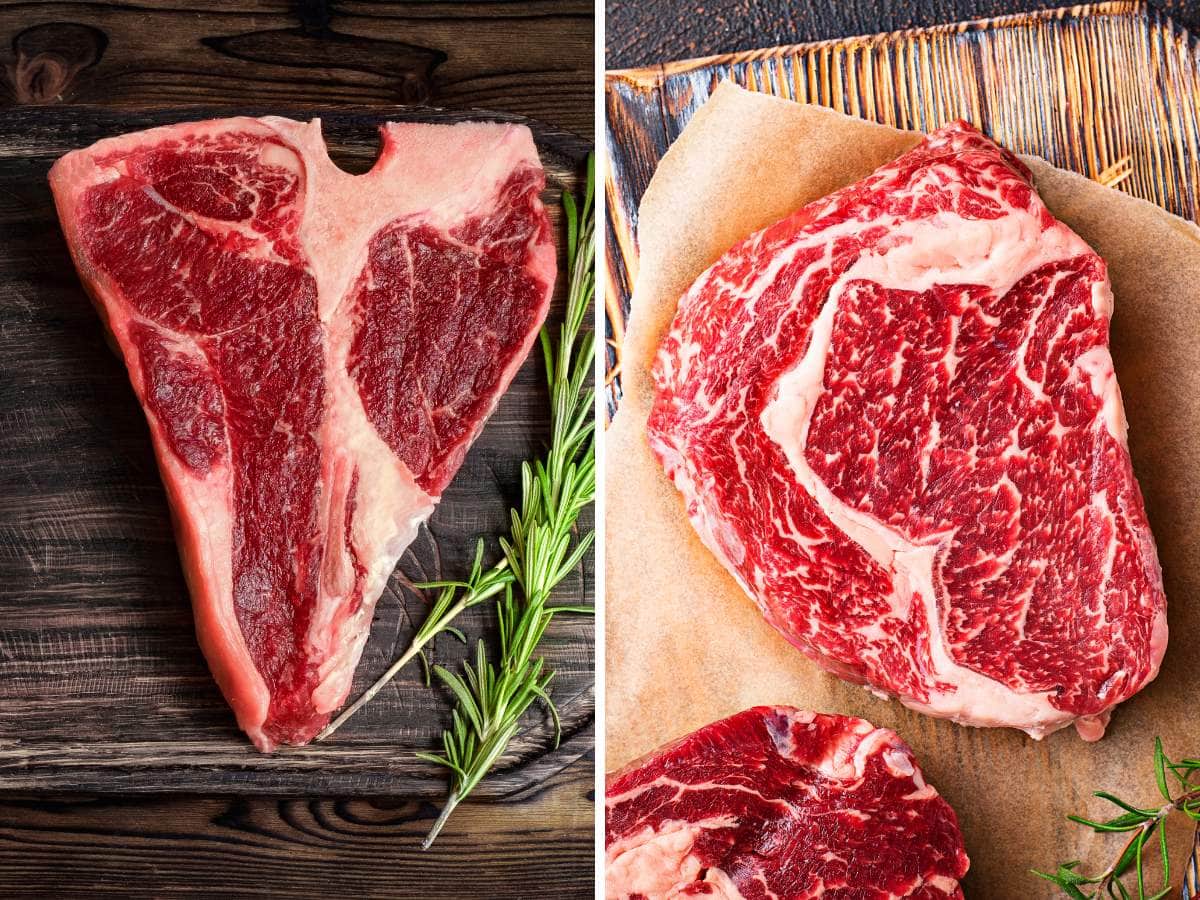
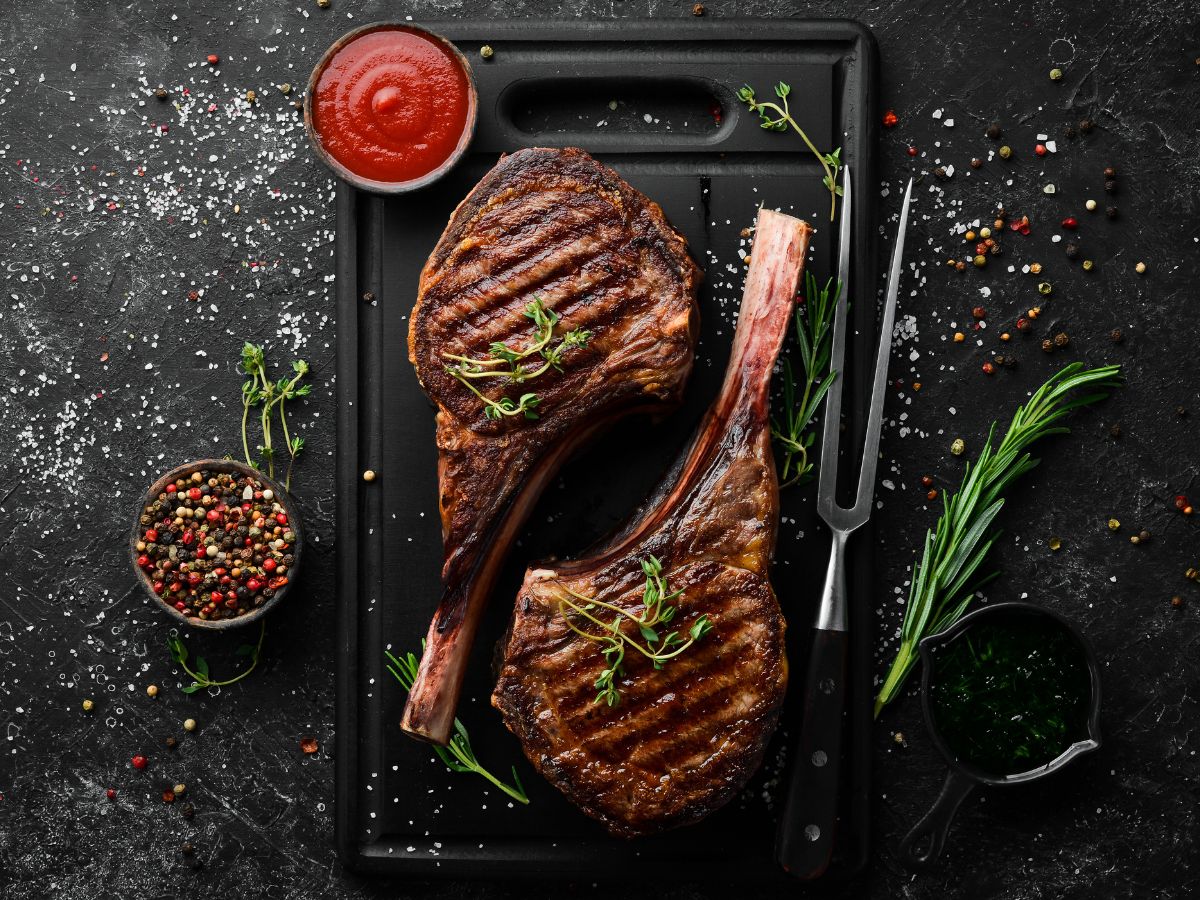
Ive just recently gotten into tallow since I learned it actually contains a lot of vitamins. Im working up to making my own and Im saving this article so I can start making all kinds of cool stuff